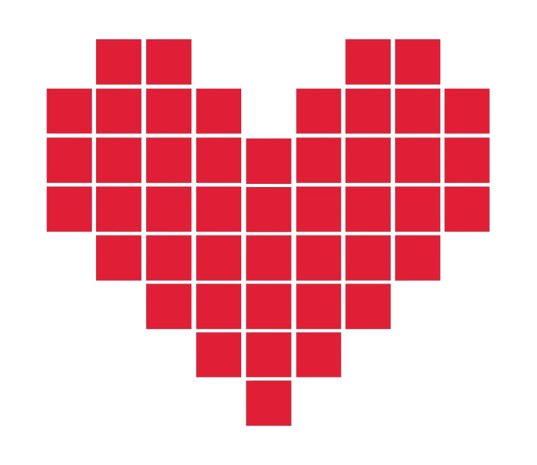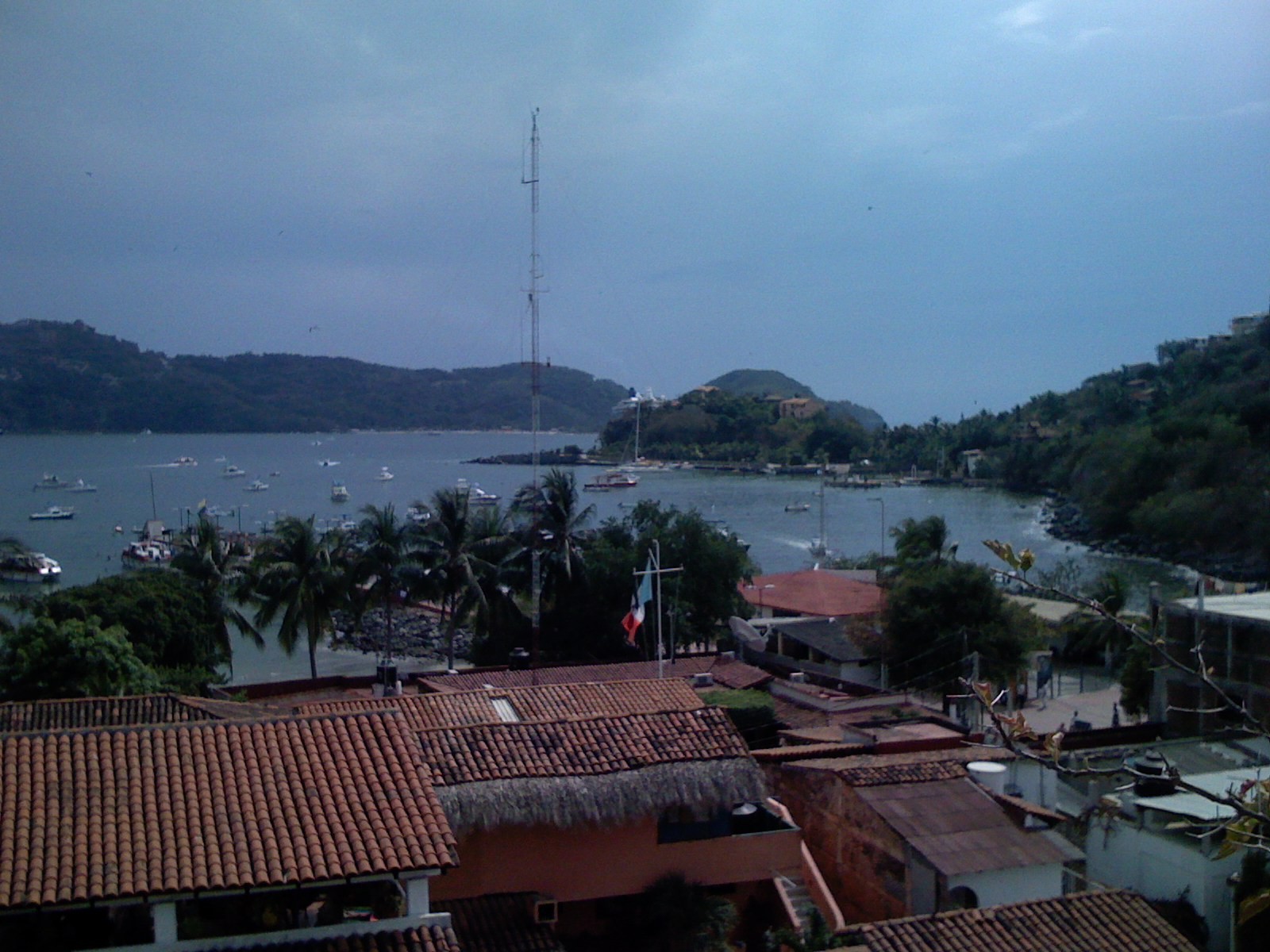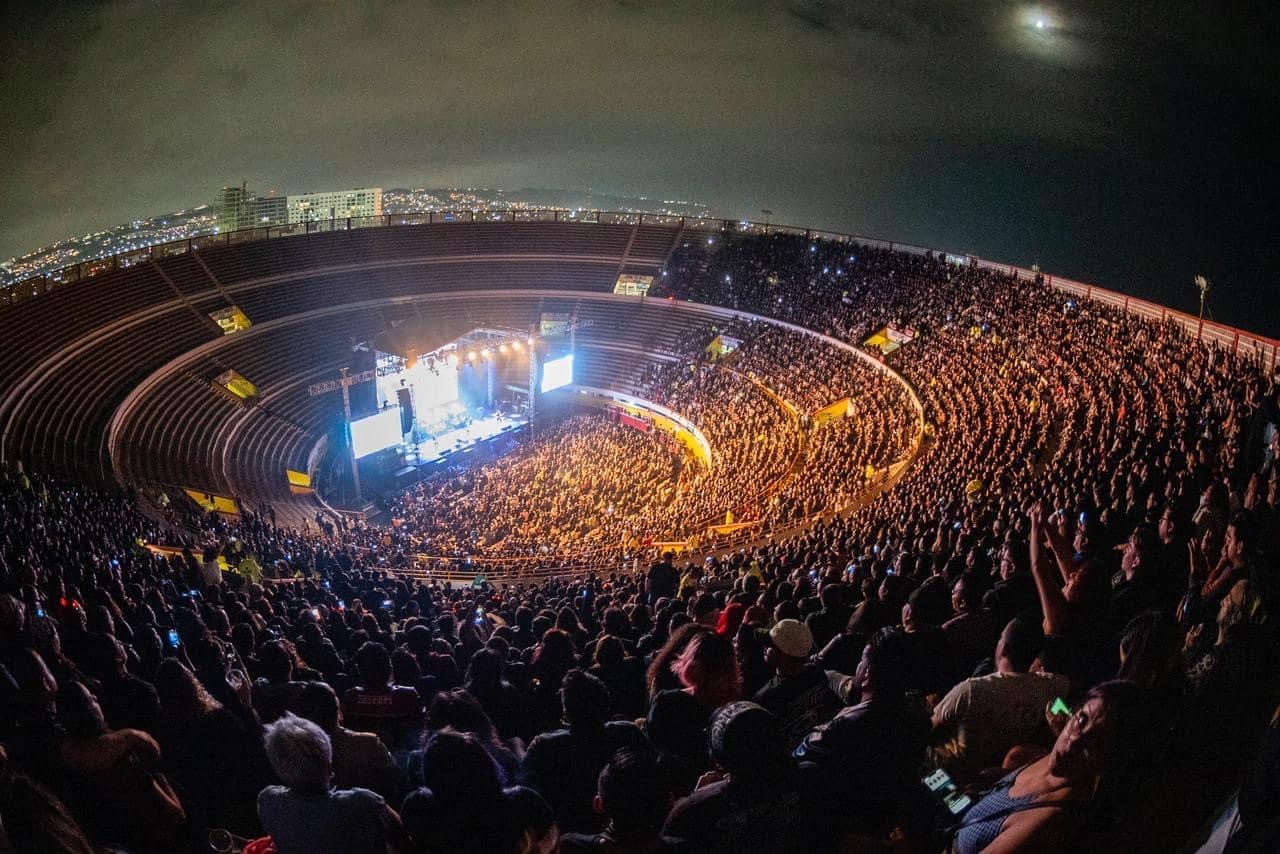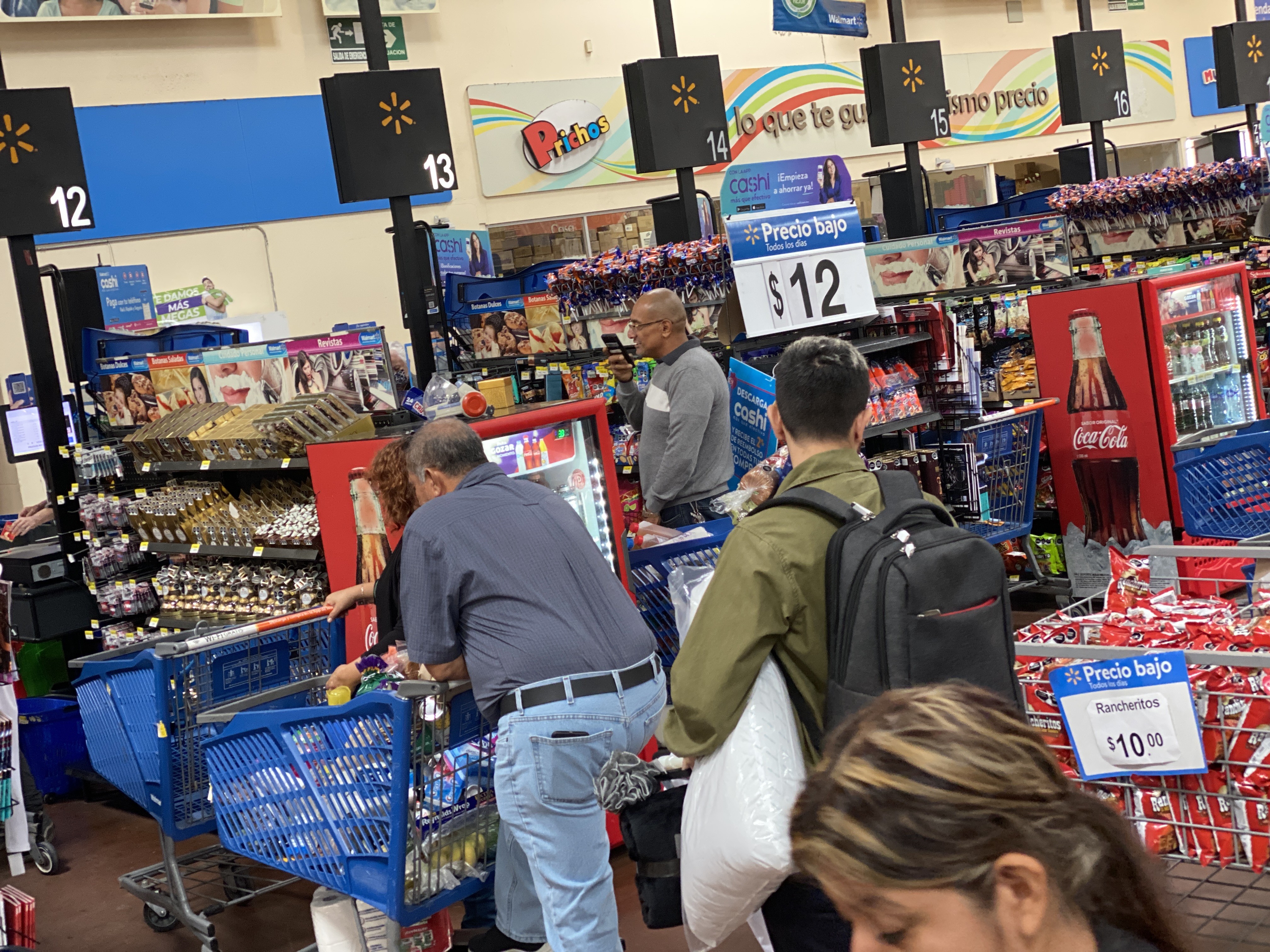11 months ago
What’s on the bottom of the sea in the Gulf of Mexico? #gulfofamerica
The bottom of the Gulf of Mexico is a complex environment that varies depending on the location and depth. It includes the following features:
1. Sediments
• The seafloor is primarily covered by sediment, which consists of sand, silt, mud, and clay. These sediments often originate from rivers, such as the Mississippi, which deposits large amounts of material into the Gulf.
2. Geological Features
• Salt Domes: These are large formations of salt that have risen from deep underground, creating unique topography and serving as important oil and gas reservoirs.
• Deepwater Plains and Basins: The Gulf contains deep areas, such as the Sigsbee Deep, which is over 14,000 feet (4,300 meters) deep.
• Seamounts and Reefs: Submerged mountains and coral reefs are found in some areas, providing habitats for marine life.
3. Ecosystems
• Coral Reefs: These are found in shallower regions, such as the Flower Garden Banks National Marine Sanctuary.
• Cold Seeps: In deeper areas, hydrocarbon seeps release gases like methane and support unique ecosystems with tube worms and clams.
• Deepwater Coral: Corals like Lophelia pertusa thrive in the cold, dark depths.
4. Human Influence
• Oil and Gas Infrastructure: Numerous oil rigs and pipelines crisscross the Gulf floor.
• Shipwrecks: The Gulf is home to many shipwrecks, both ancient and modern, some of which have become artificial reefs.
• Debris and Pollution: Trash, fishing gear, and other debris have also accumulated on the seafloor in certain areas.
5. Marine Life
• The bottom of the Gulf supports a variety of life, including deep-sea fish, crustaceans, and other benthic (bottom-dwelling) organisms adapted to the environment.
The Gulf of Mexico’s floor is thus a mix of natural geological features, thriving ecosystems, and human impact.
The bottom of the Gulf of Mexico is a complex environment that varies depending on the location and depth. It includes the following features:
1. Sediments
• The seafloor is primarily covered by sediment, which consists of sand, silt, mud, and clay. These sediments often originate from rivers, such as the Mississippi, which deposits large amounts of material into the Gulf.
2. Geological Features
• Salt Domes: These are large formations of salt that have risen from deep underground, creating unique topography and serving as important oil and gas reservoirs.
• Deepwater Plains and Basins: The Gulf contains deep areas, such as the Sigsbee Deep, which is over 14,000 feet (4,300 meters) deep.
• Seamounts and Reefs: Submerged mountains and coral reefs are found in some areas, providing habitats for marine life.
3. Ecosystems
• Coral Reefs: These are found in shallower regions, such as the Flower Garden Banks National Marine Sanctuary.
• Cold Seeps: In deeper areas, hydrocarbon seeps release gases like methane and support unique ecosystems with tube worms and clams.
• Deepwater Coral: Corals like Lophelia pertusa thrive in the cold, dark depths.
4. Human Influence
• Oil and Gas Infrastructure: Numerous oil rigs and pipelines crisscross the Gulf floor.
• Shipwrecks: The Gulf is home to many shipwrecks, both ancient and modern, some of which have become artificial reefs.
• Debris and Pollution: Trash, fishing gear, and other debris have also accumulated on the seafloor in certain areas.
5. Marine Life
• The bottom of the Gulf supports a variety of life, including deep-sea fish, crustaceans, and other benthic (bottom-dwelling) organisms adapted to the environment.
The Gulf of Mexico’s floor is thus a mix of natural geological features, thriving ecosystems, and human impact.
3 yr. ago
Don’t go to Walmart in Mexico…wait in line for over an hour every time. #justaguylivinthedream





